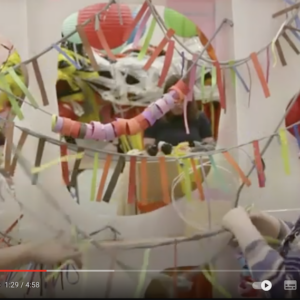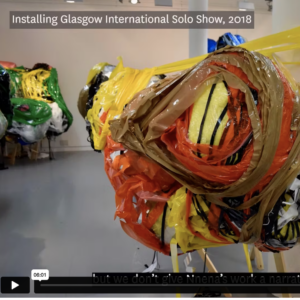To Connect…
Earlier this year, I was invited to introduce autism-friendly strategies, through a series of creative workshops in a contemporary gallery in Gdansk, Poland.
Laznia II (Centre for Contemporary Art), is based in the shipyard area of Nowy Port, Gdansk. Working alongside Learning Manager, Ania Meronk, I developed a six week project for a small group of families whose children were on the autistic spectrum, one of the group also showed traits of Aspergers.
The project was called, Space in the Process, through open-ended engagement with constructed spaces and handmade sensory-inspired objects, we explored ideas and activities that developed a creative language and kick-started a dialogue with the gallery to deepen engagement with these families.
I would like to share a collection of my ideas, observations and experiences, as an artist working in a different country, with a language barrier! Please note that I developed this project as an artist, not as a professionally trained autism specialist.
See all of the workshops by Sarah in this series here.
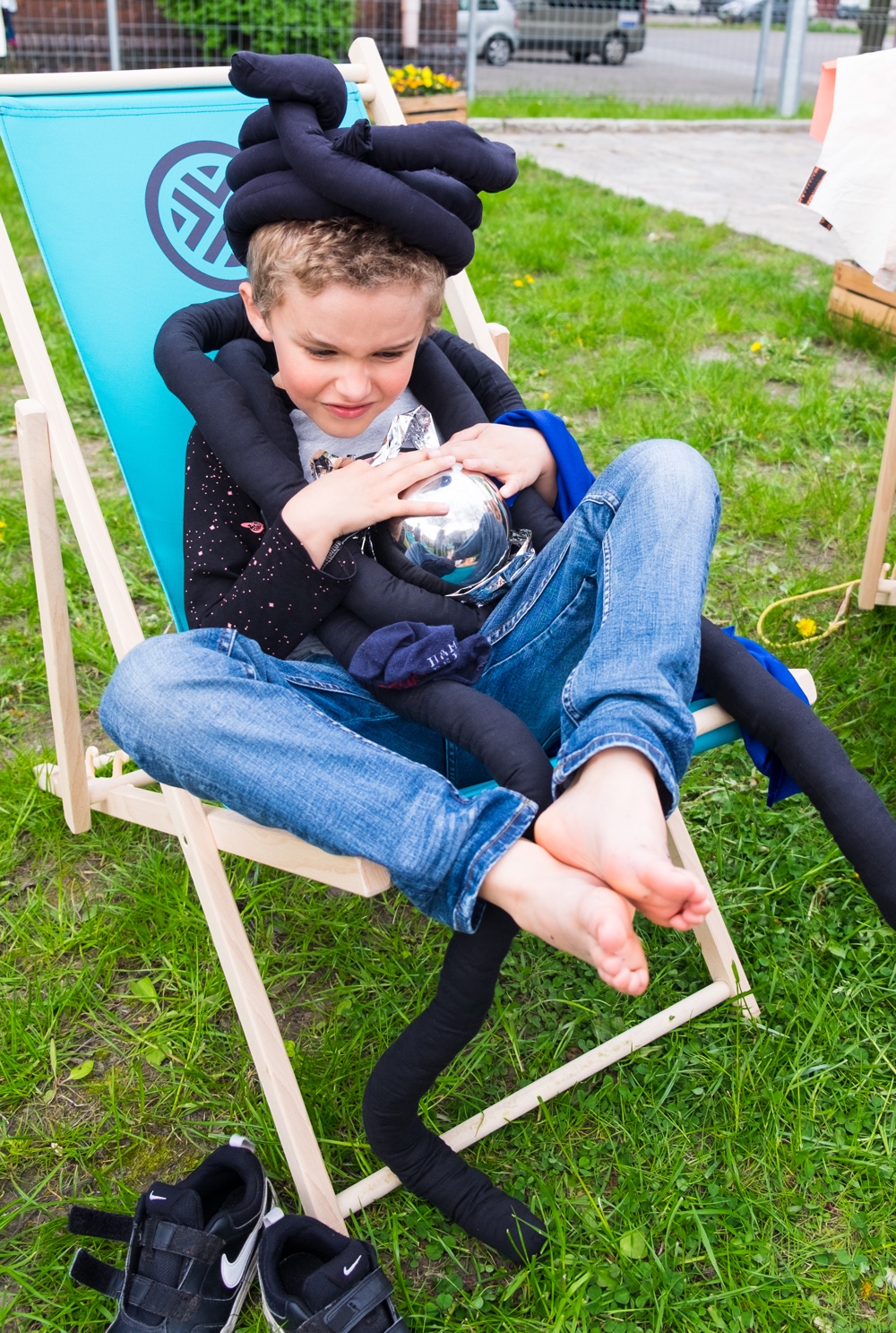
To Connect…
At the beginning of the project it was important to take time getting used to each other, the learning space and the surrounding environment. Below is a list of considerations you may find helpful to use in your own learning spaces…
- Be aware of the daily sounds, smells and other textures of life in your learning space; a constant humming noise or flickering light may be stressful for a child with autism.
- Allow time for everyone to feel their way in the space; connections may be made through the use of different senses and body parts.
- Some children may like to explore through the vibrations of the space by shouting loudly, running around the edge of the room or rolling on the floor.
- Objects may need to be touched to make that connection, possibly through squeezing or biting.
- Some children will want to squash themselves into small spaces, climb into boxes or cupboards and wrap fabric tightly around them.
- To make this comfortable and safe for everyone, ensure that the learning space is suitable and child-friendly, if there are areas or objects that are out of bounds make sure clear visual signs are used, see examples below.
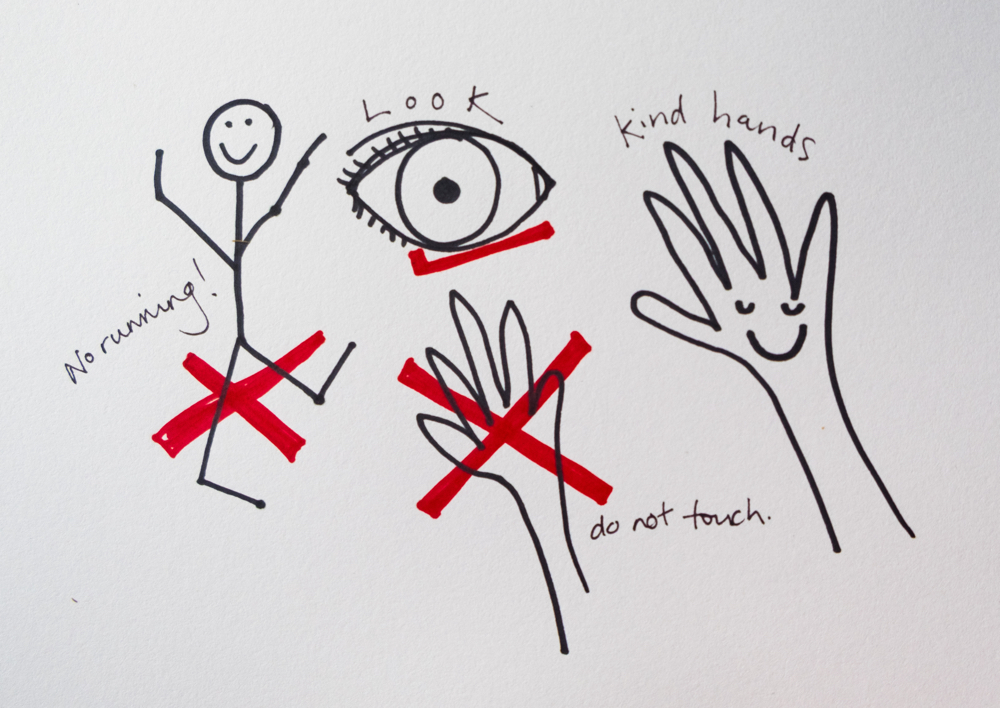
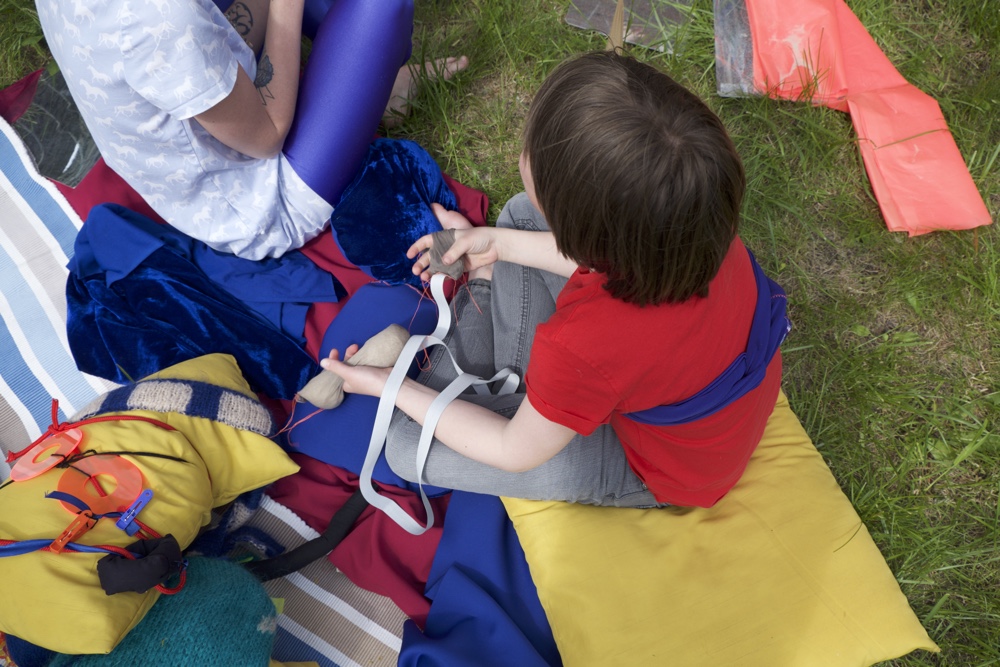
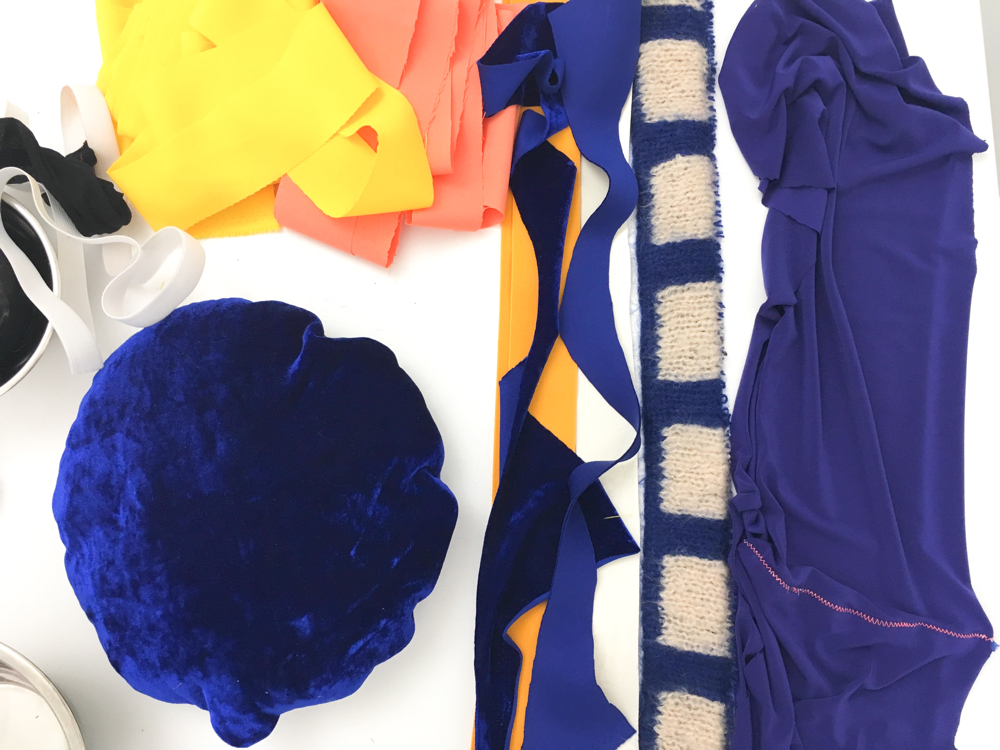
Connect yourself
I always find it useful to spend time in a learning space on my own; sit and think about what you can hear, smell and see; Are there distracting sounds? How is the lighting? Too dark, too bright? We spent most sessions outside and on blustery days the flapping and snapping noises of suspended paper and fabrics were distracting to me, how could this feel for someone hypersensitive to noise? There were the regular sounds of trams, cars and children in the school next door, I wondered if this would be over-stimulating and stressful for some of the families. But this wasn’t the case; by creating engaging, sensory interventions and concealed mini spaces within the natural environment, the children and adults felt safe, protected and relaxed, this created deeper levels of engagement and interaction as the project progressed.
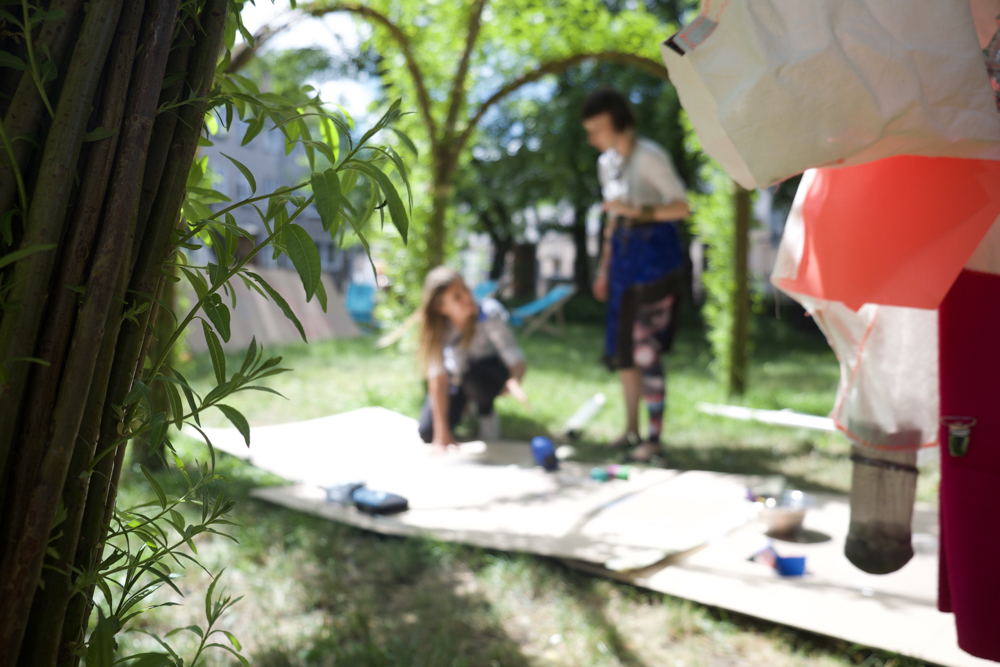
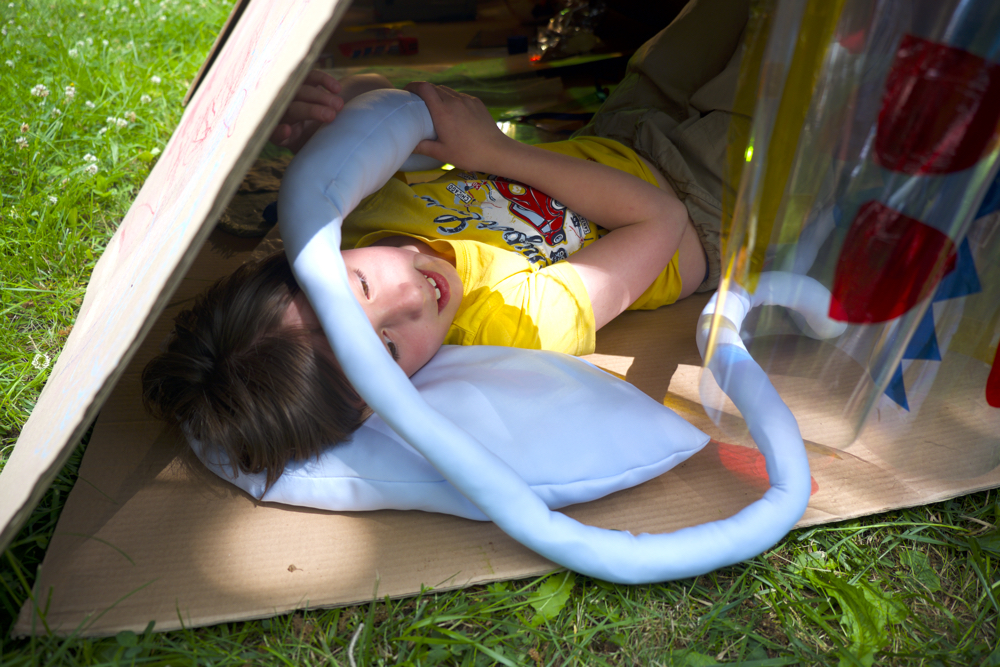
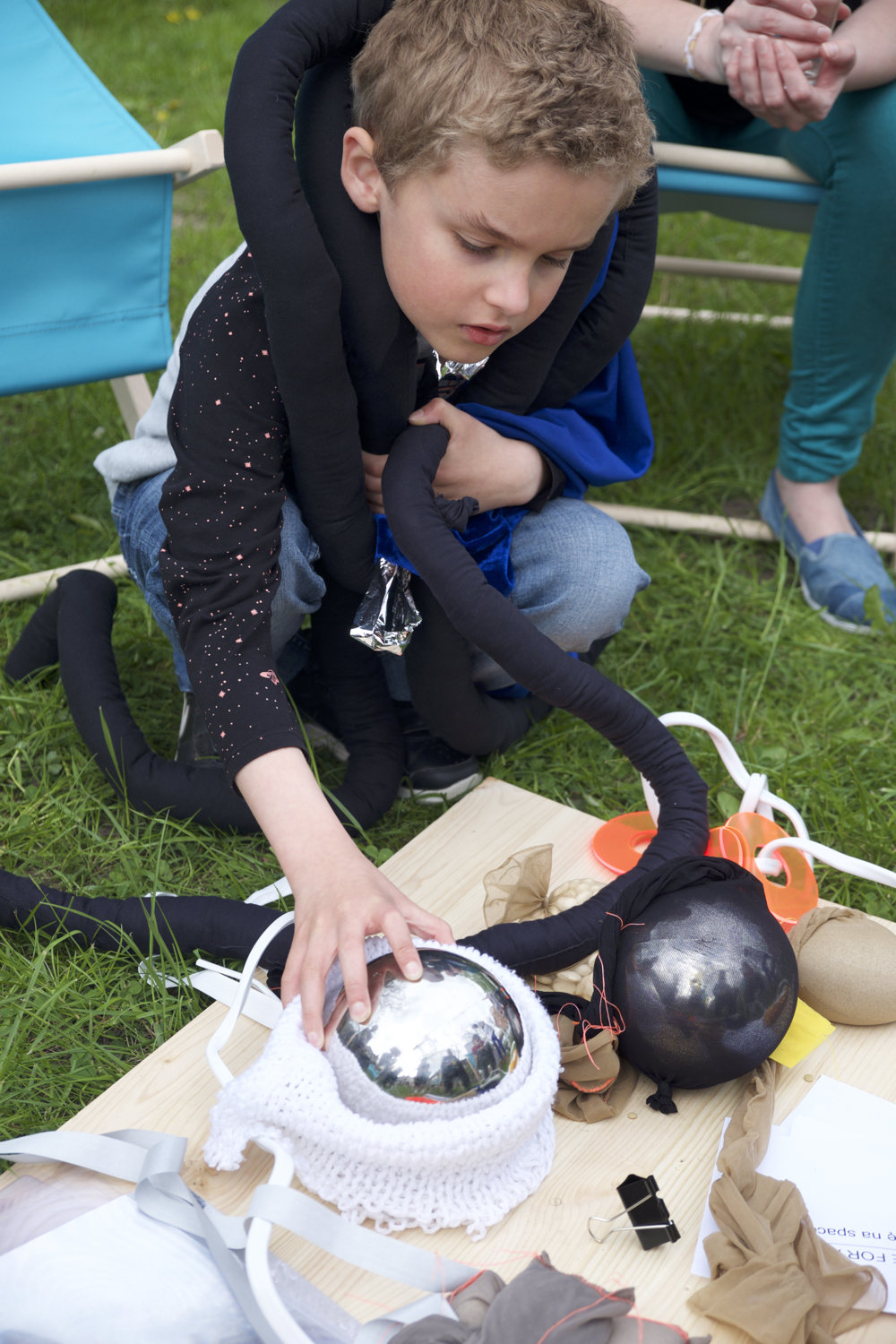
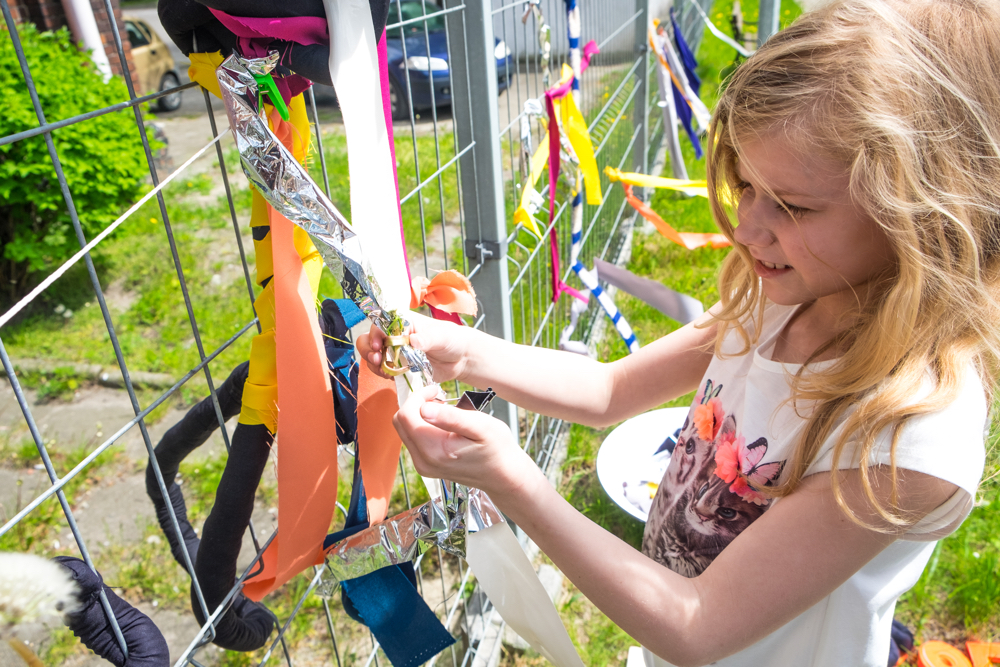
Connections through objects
I produced a collection of handmade objects that the children (and families) used to make connections to the world around them, these ‘prompts and provocations’ explored colour, texture and scents, there were objects to touch, squeeze, shake, smell, bite into, roll into and wrap around. As a textile artist I like to research the sumptuous textures of velvets, corduroys and fabrics that s-t-r-e-t-c-h! We used fabrics to weave, wrap, bind, hide and knot with.
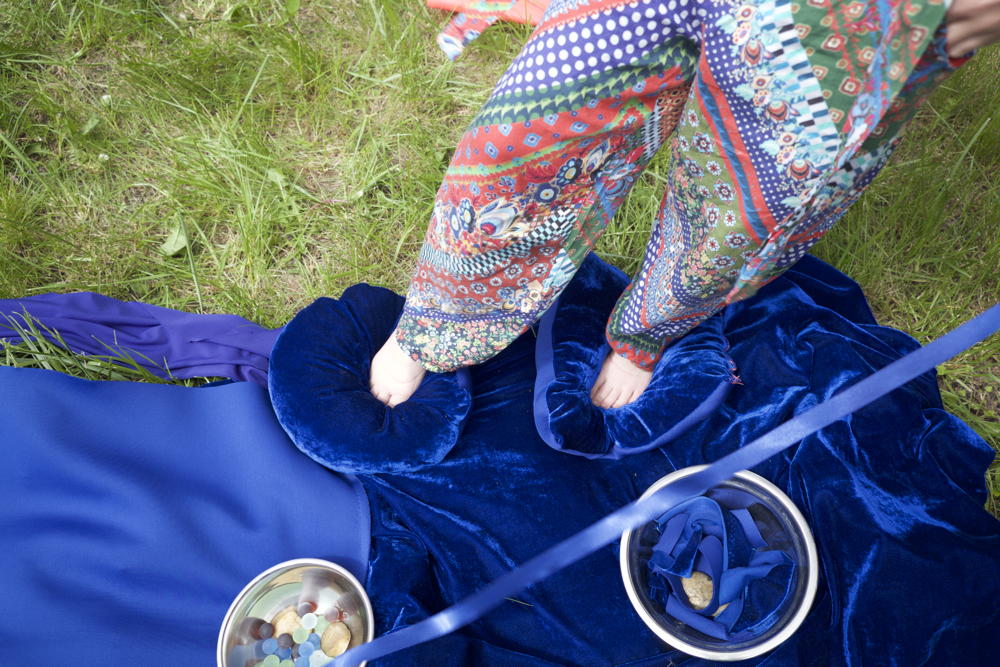
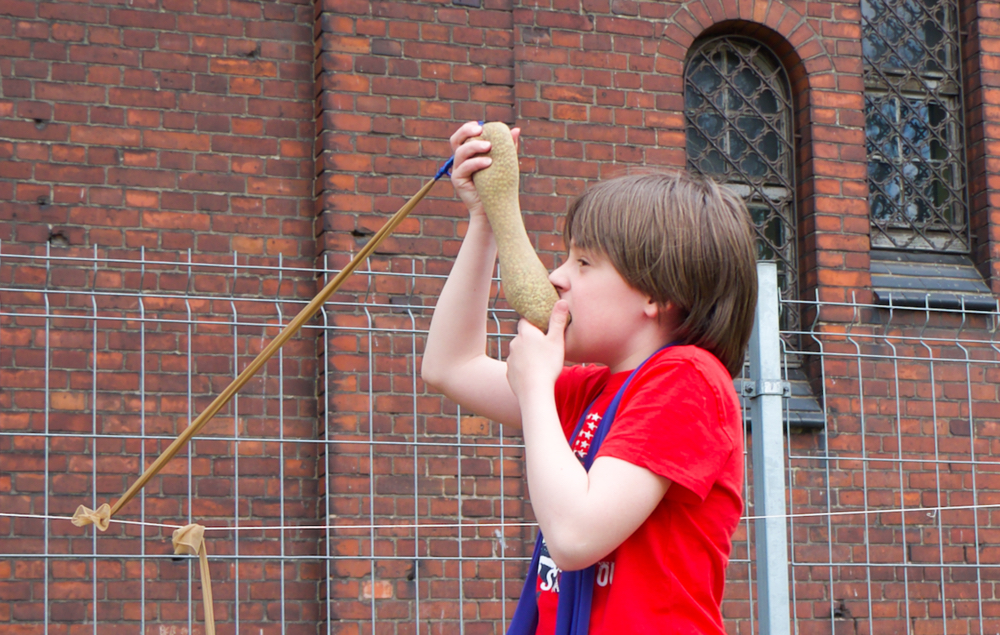
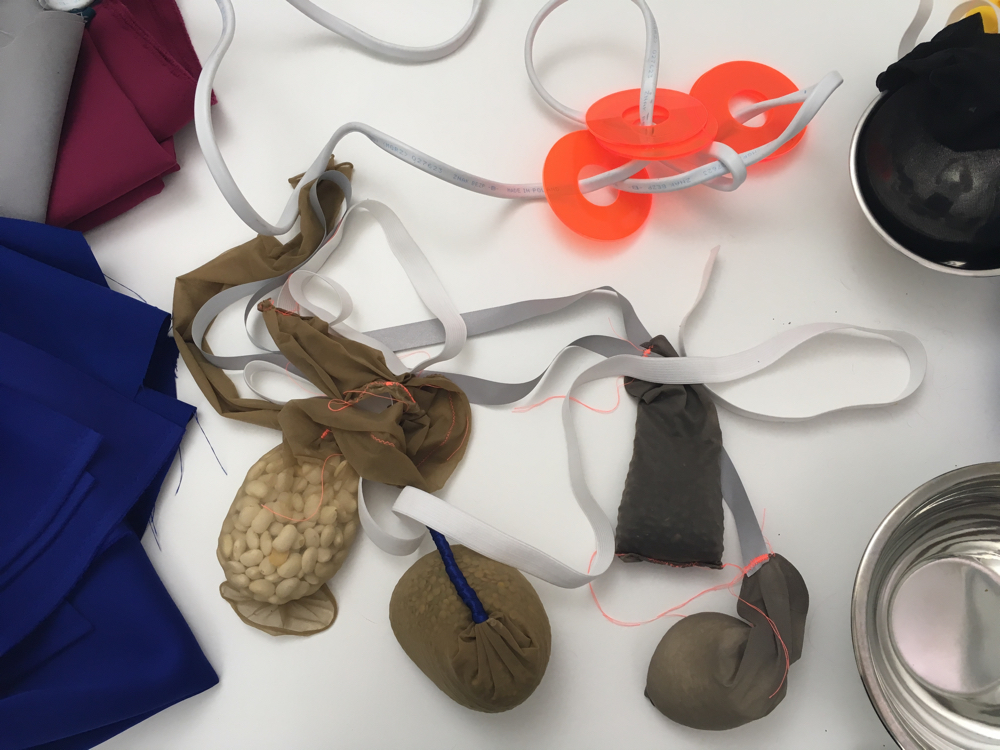
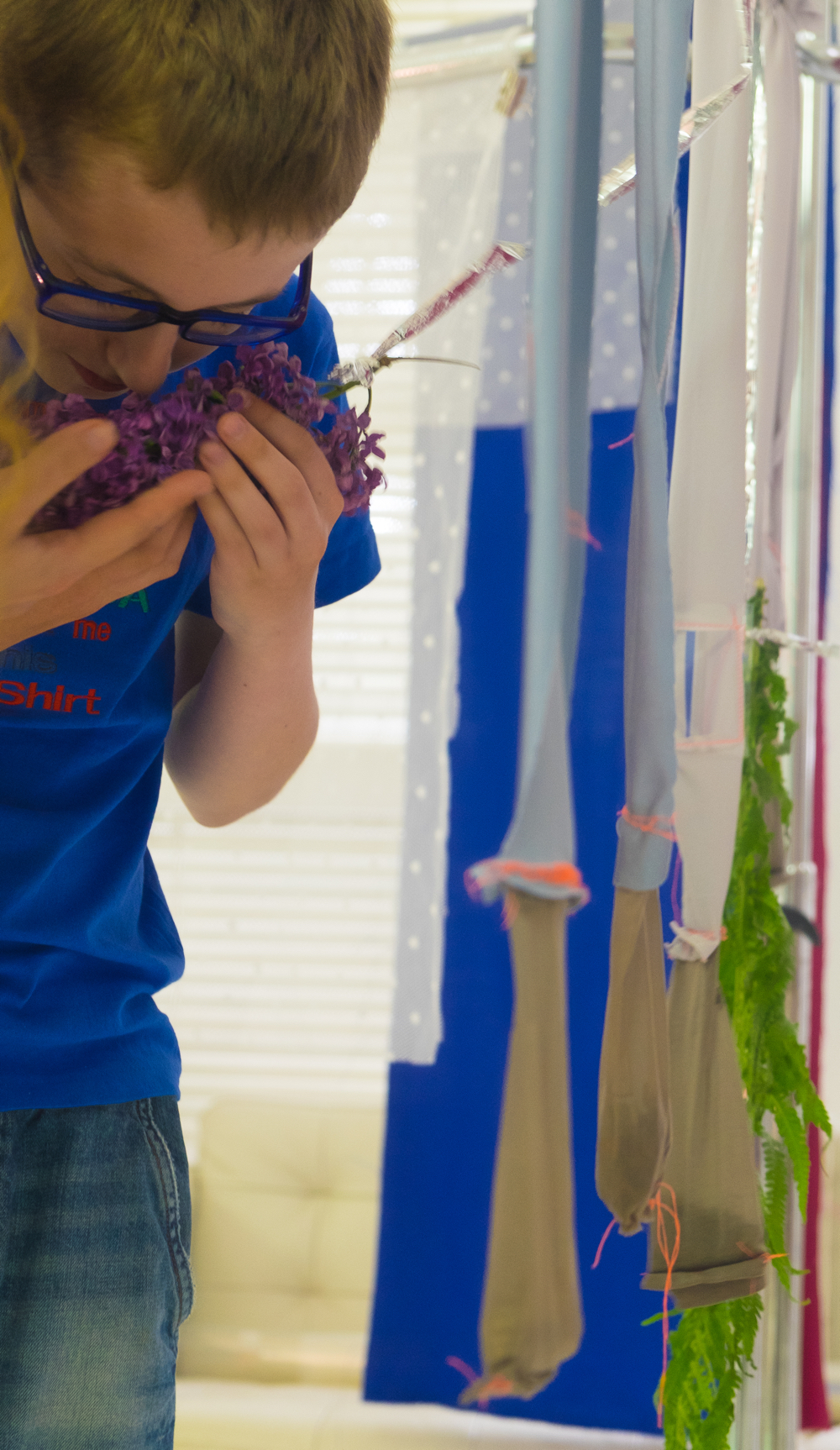
Music is an important element to the sessions, I find that emotive music, such as Philip Glass, Midori Takada and Nature sounds can be calming for some children. We played music through silicone, lozenge shaped speakers, now the music became tangible, a collection of vibrations and sounds that could be physically felt and hugged by the children.
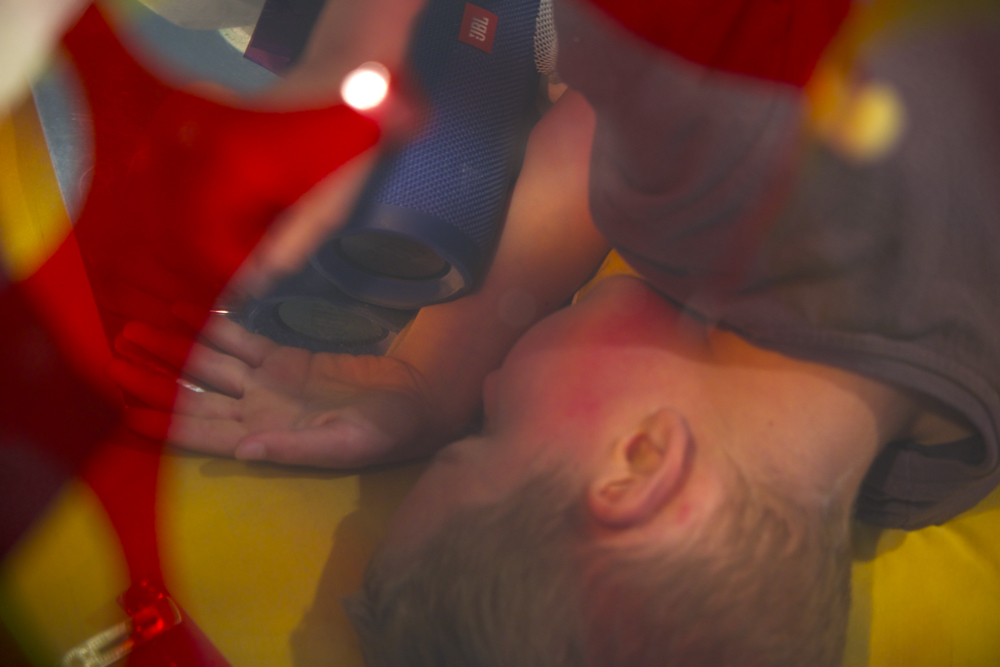
It was important for the group to explore the playful learning space in their own time, supporting deeper connections with the environment and the objects. I also encouraged the parents to get involved in their own creative experiments, I believe that a holistic approach for the whole family can support everyone involved. Perhaps you could consider parent-focussed events that allow them to feel the benefits of being creative, discover new ways to self-express and make connections.
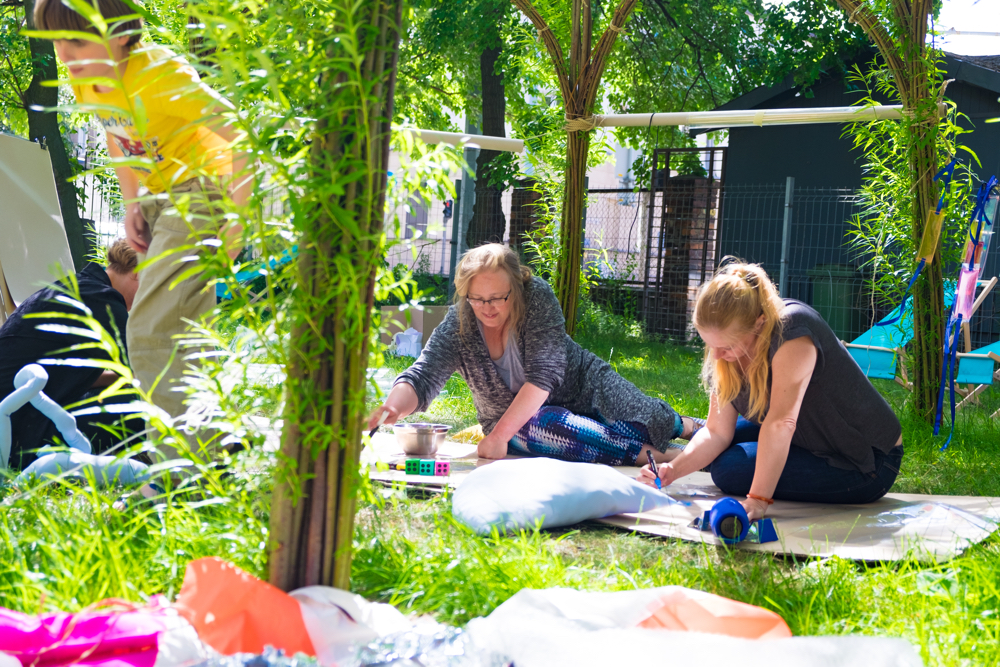
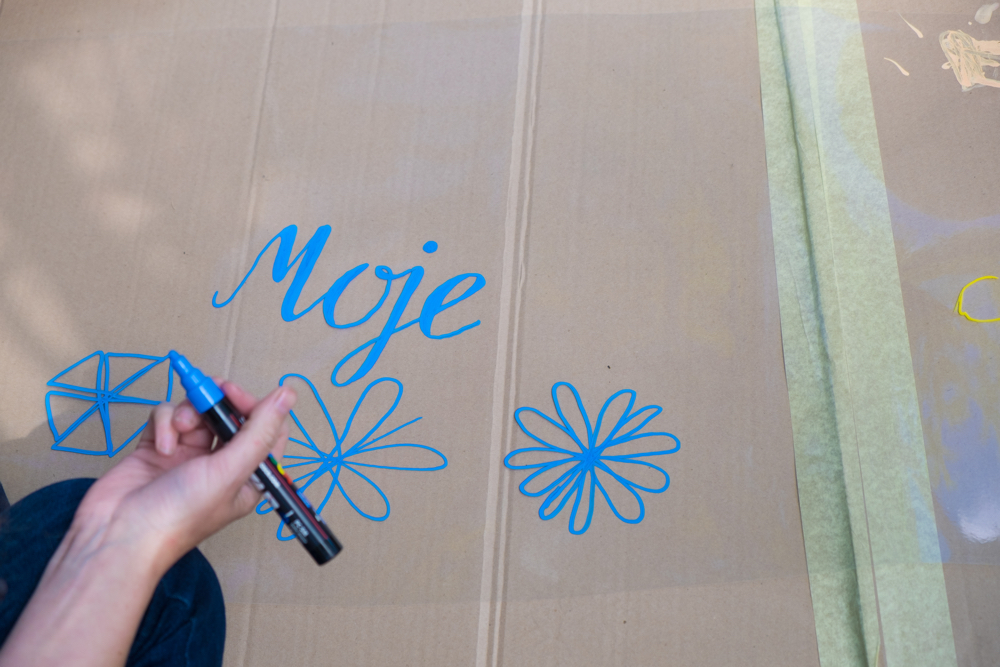
As an artist and gallery educator I have pioneered interactive engagement for children with autism at Manchester Art Galley and supported the Learning Curator at Tate Liverpool to introduce autism-friendly sessions into the holiday programme. I have shared my thoughts and practice with peers at the Royal Academy of Art and I continue to develop my sensory-inspired artwork, through immersive installations and interactive objects.
See more posts from Sarah in this series by following this link: Sensory Spaces: An Autism-Friendly Project
evelynarts.moonfruit.com – work portfolio
evelynartsunique.com – online shop

